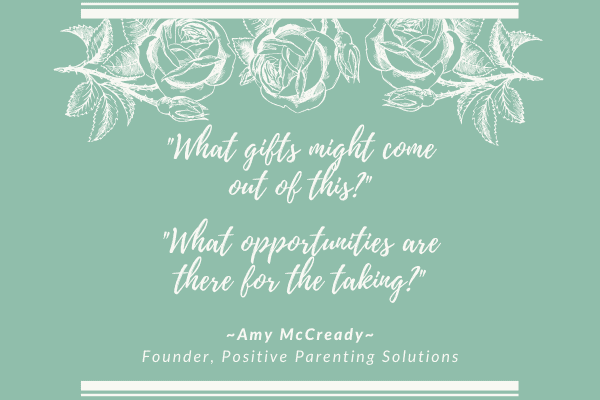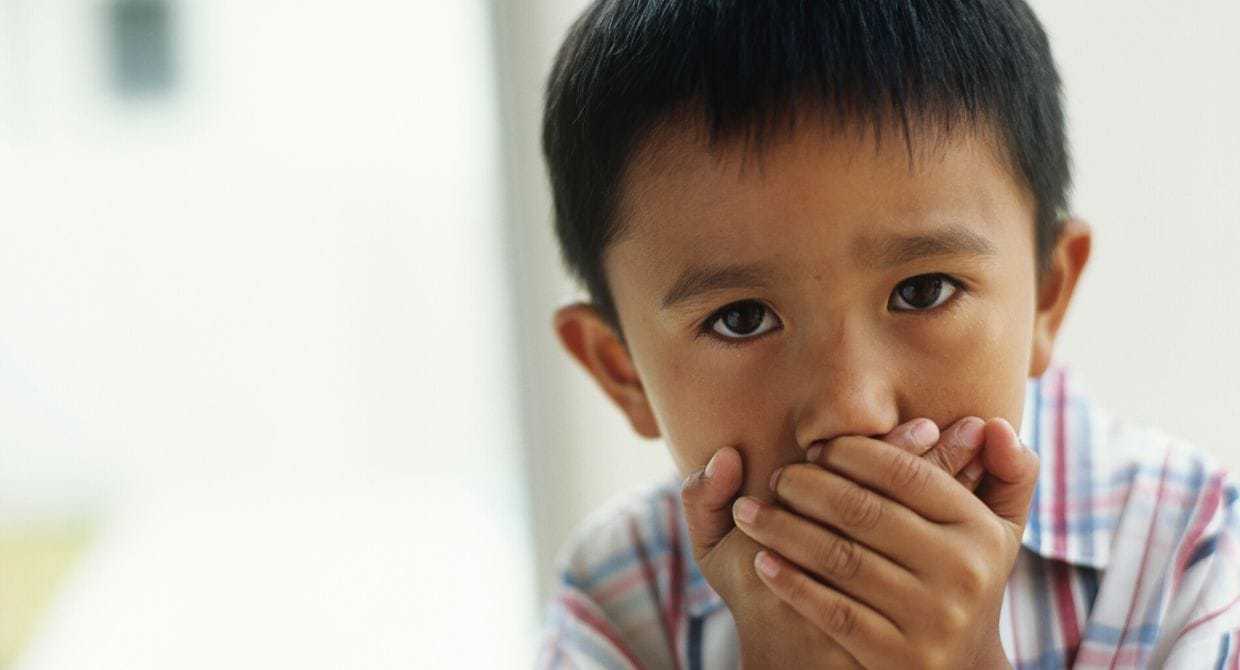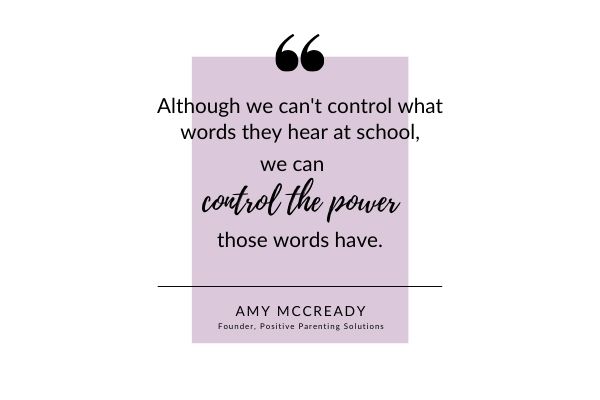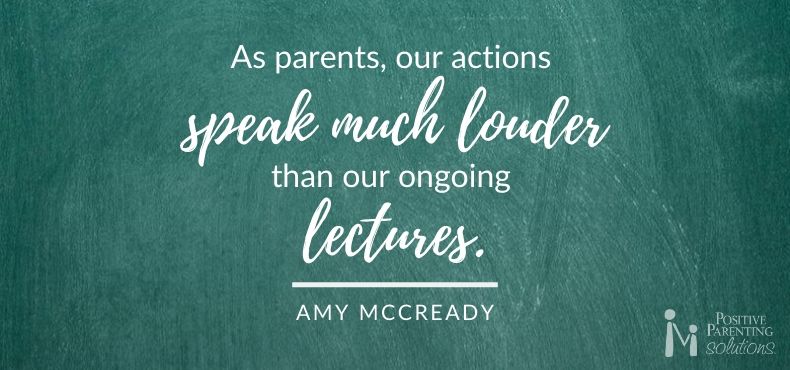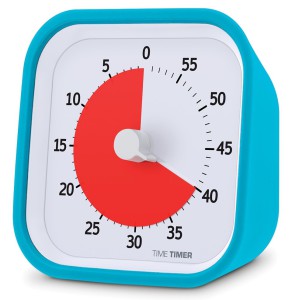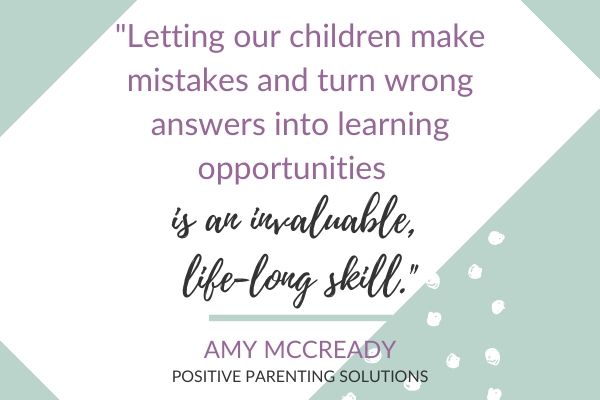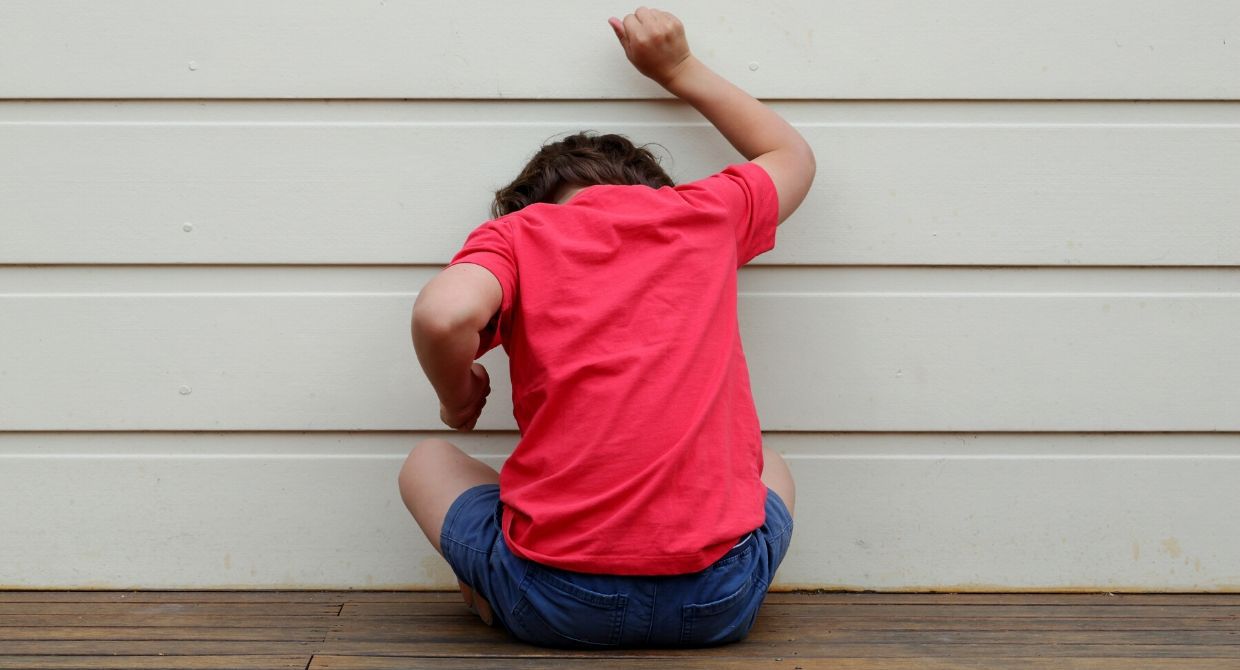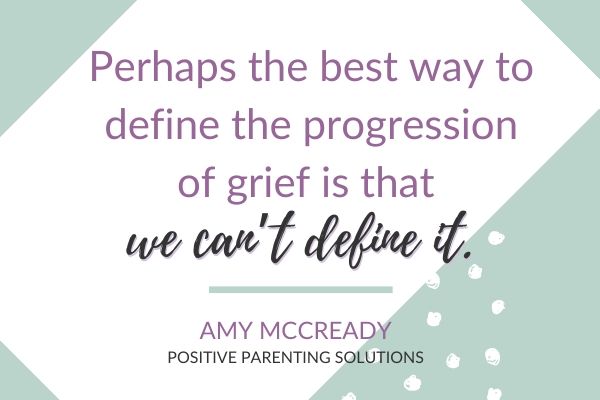


Let me guess: Nothing is putting a magnifying glass on your family’s imperfections like the current quarantine.
And the magnifying glass gets hotter by the minute.
Your toddler is banging his head and slobbering against the window, your tween has been communicating only in grunts, and your 8-year-old’s remote-learning viola lesson reminds you of a dying cat.
Yes, we’re all feeling it. Things got real…fast. And as a byproduct, family time just got a lot more intense.
We read words like “unprecedented” and “new normal” ad nauseam, but they fail to make it easier.
We hear powerful stories around the world showing unity–whether it’s an entire city applauding health care workers or entire countries staying home to “flatten the curve”–but, at home, we’re still worried about an unknown future.
And, at this point, despite knowing full well we should embrace this time with our kids, many of us are craving a little break (or two…or three…).
I’m here to tell you, though, you’re not alone. While we heavily engage in our online communities–whether through Instagram, FaceTime calls, or Zoom chats–there are also amazing parenting resources to help us navigate this pandemic with our families. (You can check out our free online Positive Parenting class for an excellent introduction to our 7-Step Parenting Success System® online training course.)
If you haven’t yet tried Positive Parenting (or aren’t even sure what it is), a time of heightened chaos and uncertainty is the perfect time to start. You’re already reinventing schoolwork, working from home, and creating a new temporary lifestyle. You don’t exactly have a lot of time, yet you have more time at home than ever to implement something new.
Parenting, even in the best of circumstances, is hard. So, if you’re questioning your sanity right about now, I know a few Positive Parenting strategies will help you and your family survive–and maximize–your time together.
Here’s why…
Positive Parenting Decreases Parental Stress
Whether we’re worried about paying the next bill, watching an entire life’s savings tank in the stock market, or more or less inventing our kid’s at-home school curriculum, things are likely more stressful right now. They may even feel entirely out of control. We might want to scream, cry, laugh hysterically with frustration, or just zone out in forced apathy.
Positive Parenting counters stress and chaos by focusing on the things we CAN control– staying calm and…you guessed it…being positive.
Try to Keep Calm and Carry On
Staying calm means when our kids don’t listen, we walk away before we start yelling. It means we take a breath and count to ten before responding. It means we choose not to fight fire with fire.
Keeping calm cools our heads while allowing us to parent intentionally and strategically.
If you choose not to let your son’s refusal to do algebra infuriate you, you’ll receive less stressful backtalk. If you ask your daughter to take out the trash and she says “no,” you’ll dodge a heated power struggle by responding calmly with an alternative tactic rather than a fiery ultimatum.
Instead of driving ourselves nuts reminding and nagging our kids to get their work done, we can use the controlled When-Then tool.
“When you take out the trash, then you can watch your TV show.”
It seems overly simple, but it’s profoundly effective. Letting our kids determine when they’d like to complete a task makes the request less of a demand. It doesn’t let kids off the hook, but it does let them have a little more control. If they don’t finish the task, the TV is off-limits. When they do–in their time–they can earn back that privilege. (Please note this is not a reward. It’s an already established, routinely enjoyed privilege.)
This simple strategy allows parents to remain calm but maintain structure in a child’s daily tasks without heated debate and added stress.
Maintain a Glass Half Full
There really are ways to make this quarantine work in our favor, and focusing on them right now will be our ticket to happiness.
Staying positive doesn’t mean turning into a facsimile of the crazy smiler in The Emoji Movie or ignoring pressing concerns. In fact, open communication about difficult emotions during this time will actually help our kids learn from the current world scenario and help them manage and overcome it.
But staying positive does require a glass half full sort of optimism.
Yes, we are cooped up with our kids more than usual. Yes, our financial situation may cause us anxiety. Yes, our days are feeling more and more like we’re living in The Twilight Zone. But even as we ride this Covid-powered roller coaster, we need to think about what great things can come from it. And by staying positive, our kids will pick up on that energy.
I know it’s easier said than done, but we can think of quarantine as an amazing chance for family bonding, a time to reach out to long-lost friends, and a time to get creative and do things we’ve long put off.
A family paint night that you’ve imagined for months can finally happen when you purchase those paint supplies online, or you can finally learn to play chess with your ten-year-old through an online tutorial.
This isn’t to suggest that family activities won’t have their own drawbacks–like tantrums of epic proportions when toddlers lose a game of Go Fish, or teenagers choosing not to participate in family movie night.
It’s just important to remember that this quarantine has silver linings that will benefit us all.
Focus on an Increase in Cooperation
No matter the various levels of our current quarantine “lock-downs,” we want our family life to be a well-oiled–and happy–machine. When things run smoothly, kids will more willingly complete their schoolwork, the house can be (somewhat) clean, and we can work fluidly from home–all without wanting to strangle each other by the end of the day.
This means we need cooperation.
Power struggles affect every family on Earth. They’re frustrating, unhelpful, and sometimes inevitable.
But with Positive Parenting, many power struggles are preventable. And with fewer battles at home, anxiety lessens, moods lift, and things get done.
One tool to encourage cooperation and avoid power struggles is to give kids a little more control. Throwing out demands left and right can send kids–and well, anyone–into defensive mode. So instead of being authoritarians, giving our kids opportunities to make a few decisions for themselves will give them less reason to complain, argue, and misbehave.
An older toddler will put up less of a fight at bedtime if you let him choose which of three books he’d like to read. An 8-year-old will feel empowered when you let him choose his at-home curriculum for the week (considering how lenient his remote schoolwork is). And a teenager will feel less angst if you let her choose which app she’d like to use to communicate with her friends (as long as cyberbullying and internet security are considered).
All of these, in turn, will naturally make parenting a little less crazy in a whirlwind kind of time.
Positive Parenting Decreases Children’s Stress
Our kids are just as impacted as we are by the current changes this pandemic has created–particularly our teens and tweens. Whether it’s big events like spring recitals, lacrosse tournaments, prom, or even graduation, kids are missing out on memorable life experiences with their friends. They’re also learning how to navigate School Mom and Dad.
We may be frustrated with how our kids are handling their big emotions right now. But staying calm and positive will help them as much as it helps us.
Embrace Encouragement
One way to help our kids manage their current situation is to use Encouragement.
Encouragement is a Positive Parenting tool that puts ourselves in our kids’ shoes and focuses on the things they’re doing right. Sure, it’s justifiable to be tired of the bad attitudes and the lack of cooperation, but we can also take a moment to “read the room.”
Our kids are likely disappointed they can’t attend Field Day or present their year-long science experiments. They might be faced with celebrating special occasions and birthdays without friends and struggling with learning at home.
The truth is, none of this is what any of us planned for or expected.
We can say, “Hey, Honey, I know how disappointed you are that so many things you were looking forward to have been cancelled. This Coronavirus has taken us all by surprise. Despite all of these changes, you’ve been working hard learning from home and assisting me plan and cook our dinners” (or whatever else may apply). “I’ve really appreciated your helpfulness.”
It doesn’t matter if children’s contributions are small or some of their usual good behavior has been lacking. Encouragement can pinpoint any positive effort and support it. Maybe your son focused 5 minutes longer on his English homework today than yesterday, or your young daughter finally put her games away.
We can also use Encouragement by asking our kids to think of solutions to their recent disappointments. Although the solutions may not be as amazing as they’d hoped, they can still be special.
Maybe those birthdays they’re missing with their friends can be celebrated via surprise drive-bys with shouts, waves, and confetti. Maybe graduation can be a small family affair with a backyard Pomp and Circumstance ceremony and hand-made diploma (followed by take-out from a favorite restaurant).
We can help our kids with serious cases of FOMO (or with the FOMO we have FOR them!) by celebrating the smaller things in life. It’s another one of the greatest gifts this quarantine can give us, and it may even help oft-entitled kids feel more grateful than ever.
By using Encouragement, we’re not indulging pity parties or ignoring bad behavior. We are simply showing compassion. And by modeling compassion, we can expect our kids to feel sympathy for others who may be suffering greatly during this time, like healthcare workers and COVID-19 patients.
Give Them the Attention They Crave
One foundational belief of Positive Parenting is that kids have an innate need to feel significant. This means they need to be reminded of their self-worth, capabilities, and the value they bring to the family. These reassurances are even more imperative during a time of change and uncertainty–just like we’re experiencing now.
Has your 5-year-old been talking your ear off or yelling outlandishly every time you call to check on a relative? Is your 11-year-old misbehaving more than usual? Or, is your teenager doing things just to elicit a reaction?
Chances are, your children are stressed. They may feel less valued because we’re more distant or distracted than usual.
We’re already spending at least 50% more time with our kids each day than (possibly) ever before, so how could they need more attention? And how can we possibly give it?
The thing is, in order to feel truly valued, kids need daily one-on-one time with us where we engage in something they want to do. Although this time with each parent needs to be undistracted, it doesn’t have to take long. For busy families, even 10-15 minute chunks of time can be sufficient.
For young kids, one-on-one time might include playing house or building a couch fort. For older kids, it might be talking in-depth about the latest video game. Remember–the activity is their choice.
We can’t count at-home schooling or family game night as one-on-one time because it doesn’t focus on kids and their interests individually. But when we take the time to do it, it makes a huge difference in our children’s stress levels and their behaviors. (We might even be able to have a phone conversation in peace.)
We Can Focus on Justifiable–and Fair–Consequences
This more-than-usual family time is all well and good, but kids are still going to be kids, and parents are still going to “lose it” once in a while.
We can’t expect things to be perfect or to find a new balance with work/school/housework overnight. But what we can do is make sure that when things feel out of hand with a child’s misbehavior, we apply fair and effective consequences.
Kids that don’t know what to expect are more likely to feel anxious. They are also more likely to find reprimands and punishments unjust.
If a child has ignored your requests to clean up the backyard, for example, an abrupt spanking will just turn resentment towards you. It will also fail to prevent further misbehavior.
Positive Parenting focuses instead on Logical Consequences.
Logical Consequences are unique–and effective–because they follow a set of guidelines that logically link the cause and effect of misbehaviors. With this link, kids perceive the consequences as fair and internalize them rationally and productively.
Sounds great, right?
I know–your 6-year-old isn’t going to suddenly appreciate you taking her toy away when she hits her brother with it; nor will your teenager graciously relinquish his phone privileges after breaking the rules and texting late at night. But, your kids will understand that the “punishment” (although we prefer to use the word consequence) fits the crime. They’ll more consciously grasp that their poor choices warranted your response.
Logical Consequences are also fair because they’re revealed in advance. They don’t come as a surprise or add undue stress–something all kids could benefit from avoiding right now. This obviously won’t work in a situation that takes parents by surprise, like a child suddenly breaking quarantine rules by playing with a neighbor outside. But it can be applied next time, by warning the child that if she does that again, she won’t be able to go outside tomorrow (as hard as that might be for you).
There is so much to learn about implementing consequences, which is why I’ve created an entirely free class where I’ll teach you the 5Rs for fair and effective consequences. I promise it’ll be the best hour you spend this week!
Positive Parenting Solutions is the Missing Village You Really Need Right Now
We can’t see friends and extended family at a physical arm’s reach right now, but we need support more than ever. We’re lacking so many of our usual outlets, from coffee dates with fellow parents to toddler playdates with neighbors.
What we can do is rely on tried and true Parenting Success System tools that will help us navigate uncharted waters.
By taking charge of your family’s quarantine through Positive Parenting, you and your kids will feel a lot less stressed and a lot more grateful. And while the quarantine is guaranteed to expire, these parenting tools never will! You’ll have acquired amazing strategies you can carry with you for the rest of your parenting journey.
Take your first step towards Positive Parenting today and learn why life-long access to our proven 7-Step Parenting Success System® online training course will benefit you and your family for years and years to come.


